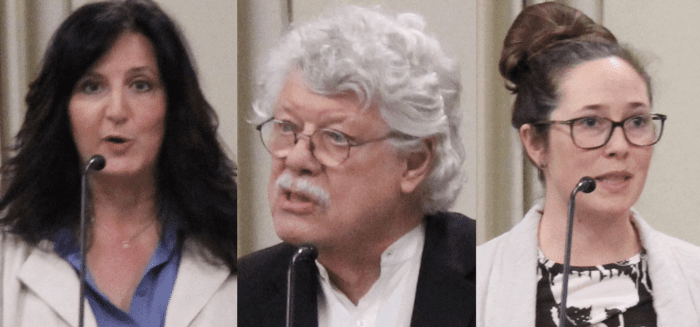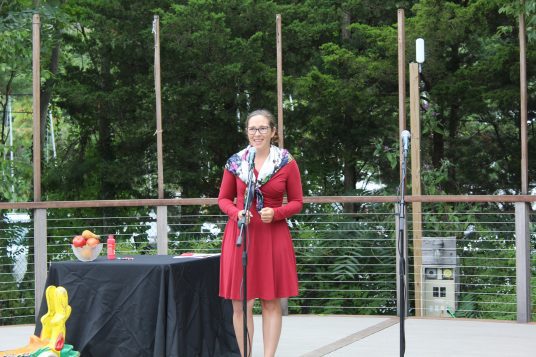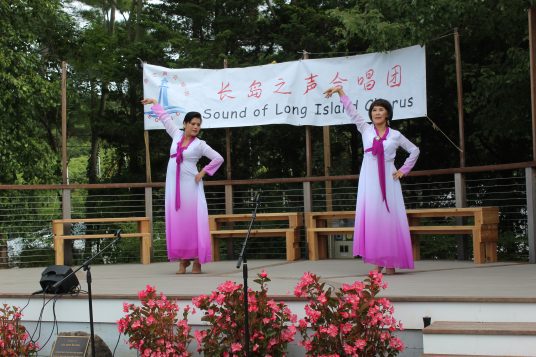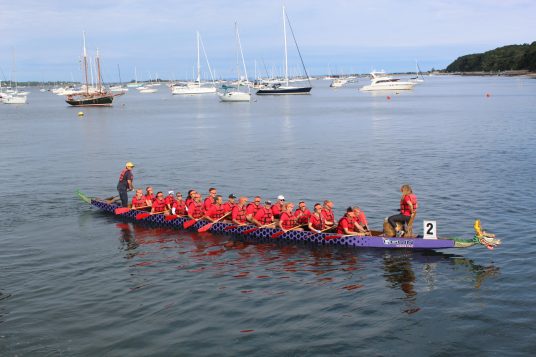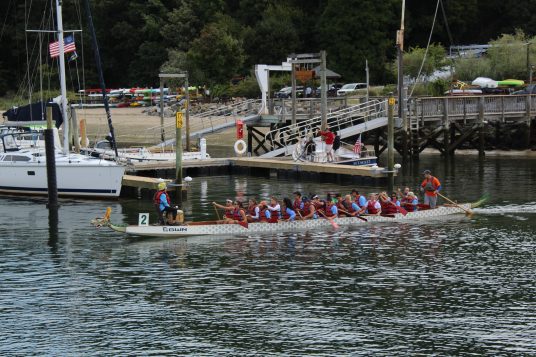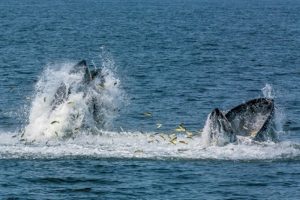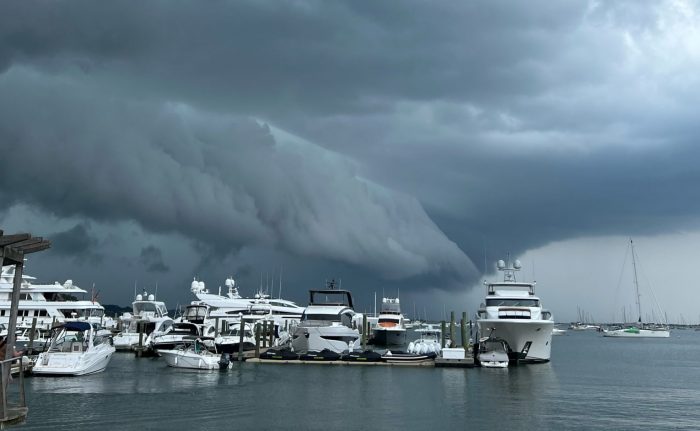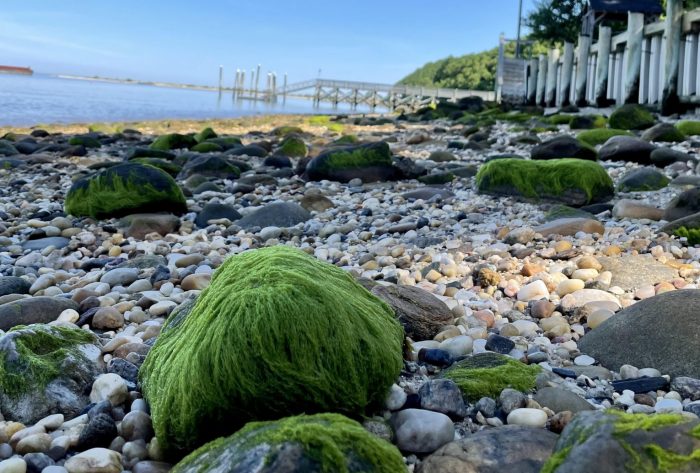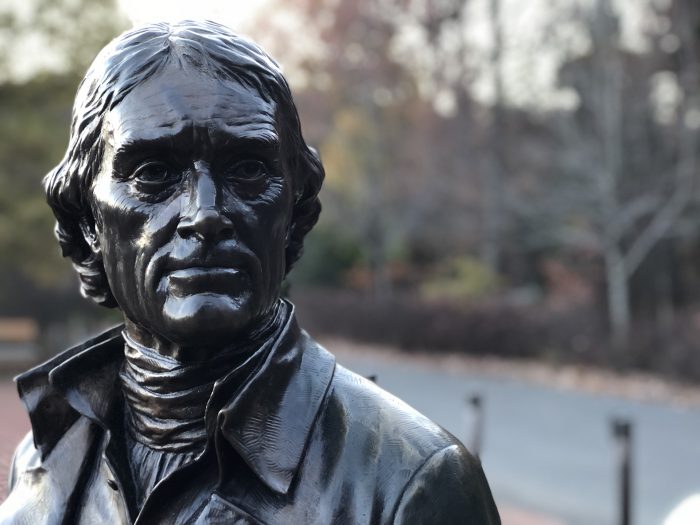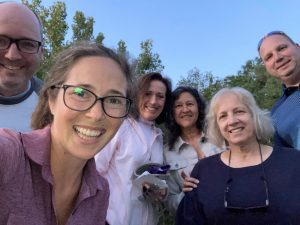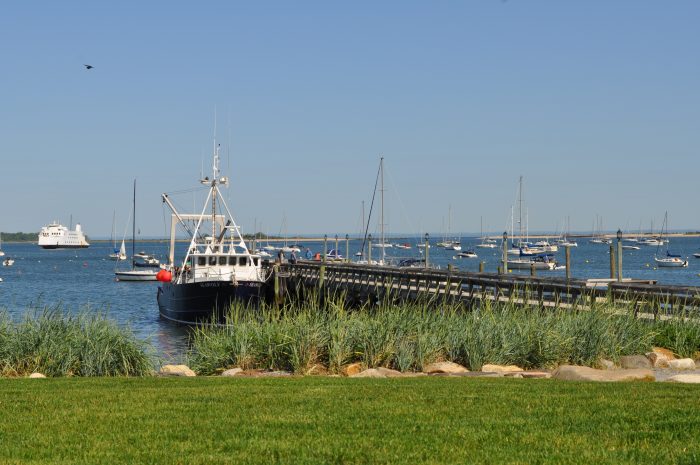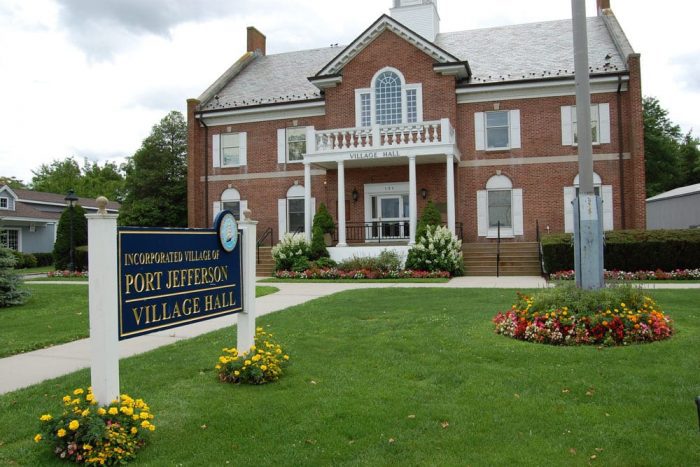Slippery slopes
The Village of Port Jefferson and the Village of Belle Terre need to get together about the views from Port Jefferson Harbor. The views to the west side of the harbor are of busy commerce while the east side has historically been a beautiful natural bluff, with houses discretely sited, until the advent of the McMansion. The new buildings are becoming an eyesore, but worse, the steep slopes are eroding.
Michael Schwarting
Port Jefferson
Earth Day is every day
Celebrate Earth Day, April 22, every day. Besides recycling newspapers, magazines, glass, plastics, old medicines, paints and cleaning materials, consider other actions which will contribute to a cleaner environment.
Leave your car at home. For local trips in the neighborhood, walk or ride a bike. For longer travels, consider public transportation. MTA NYC Transit subway, bus, Long Island Rail Road, the buses of Suffolk County Transit, Huntington Area Rapid Transit (HART) and Nassau Inter-County Express (NICE) offer various options funded with your tax dollars. They use less fuel and move more people than cars. Many employers offer transit checks to help subsidize costs. Utilize your investments and reap the benefits. You’ll be supporting a cleaner environment and be less stressed upon arrival at your destination.
Many employers allow employees to telecommute. Others use alternative work schedules, avoiding rush-hour gridlock. This saves travel time and can improve gas mileage. Join a car or van pool to share commuting costs.
Use a hand-powered lawn mower instead of a gasoline or electric one. Rake your leaves instead of using gasoline-powered leaf blowers. Pollution created by gas-powered lawn mowers or leaf blowers will surprise you.
A cleaner environment starts with everyone.
Larry Penner
Great Neck
Silence on upcoming school bond vote
Did you hear that? No? Neither did I.
I’m not hearing much about the Port Jefferson School District’s nearly $16 million bond that’s up for a vote soon. It’s the same day as the budget vote on Tuesday, May 16, from 6 a.m. to 9 p.m. in the Earl L. Vandermeulen High School cafeteria.
School tours? Not a word.
Postcard in the mail? Nope. But it must be coming. It’s the law.
Robocall? My phone’s not ringing.
Why the different tactic from last fall’s failed bond proposal when the rusty pipes and other wanted design changes were highlighted for the public?
Even a recent Facebook post about the school district presenting at a coming Port Jefferson Village public board meeting mentioned the budget and omitted the proposed bond. The district, I was told, must present the budget at the village board. But, apparently, not so much the bond. Further inquiries were being made.
You see where this is going.
You say budgets? Boring!
You say $16 million bond and some folks might be interested in attending … and voting.
So what is going on here? What’s the secret? Why the silence?
Silence works.
Silence is the sound of a harried resident with no student in the district unaware and uninformed about having their voice heard and their vote recorded on an issue directly affecting their increasingly strained pocketbook. Silence is the enemy of a fair and open government and process. Silence should never be condoned.
Omission, too, is a form of silence. A laryngitis. And it’s happening right before our ears.
I’m reminded of the school district administration’s postcards sent last fall announcing an important meeting for residents that conveniently omitted the then bond proposal. Remember? The district omitted the word “bond” on the postcard, I suspect, to not rally budget-strapped residents. The district, I’m sure, will deny my interpretation but optics matter.
Rinse. Recycle. Repeat. It’s happening again.
Now, the school district is presenting its school budget to the village board and public attendees on May 2 at Village Hall. The proposed $16 million bond should be given equal time, public discussion and attention and not just passing mention as a part of an annual budget presentation. The bond amount, time and date of the vote should be plastered across the village including on a banner across Main Street.
When the district is purposefully transparent, it will have rightfully earned my vote, and maybe yours too. I hope they do.
Until they do, sign up at www.myvillagemyvote.com to be reminded about upcoming important budget votes and elections. If they won’t do it, residents can.
Drew Biondo
Port Jefferson
Legitimate issues with wind and solar power
The letter by George Altemose [TBR News Media, April 13] raises some very legitimate issues with wind and solar power. Politicians are often happy to say that power will be 100% carbon free by a certain date. Such claims as Sunrise Wind providing power for about 600,000 homes as Altemose recounts makes clear the claim is about making electricity generation carbon free; the much more difficult issue is to make all energy use carbon free. Currently, electricity generation amounts to one-third of the energy used by New York state, and of that, about half is already carbon free, coming mainly from nuclear and hydro sources. The other energy uses are about one-third for transportation and one-third for everything else, such as heating buildings and industrial uses. The national goal is to decarbonize electrical generation at the same time that other energy requirements are shifted to electricity, for example, electric vehicles and heat pumps.
Electrical power generation has to be matched with the demand. As Altemose points out, wind and solar are intermittent sources and there are times when more power is needed than they can produce. It is important that the system includes sources that provide a baseline power such as nuclear, and also power that can be turned on when needed such as hydro. Altemose mentions several forms of energy storage systems that would need further development to address the shortfall in renewable energy. Another key component is the ability to import power from other regions where the wind may be blowing or the sun shining, and for this the grid must be modernized and upgraded. The Inflation Reduction Act includes $65 billion to upgrade the grid and make it more resilient. Once the grid is improved then market forces for electricity should help to distribute energy from the whole country to where it is needed. A high voltage DC line can carry power 1,000 miles with only a few percent losses.
Additional power will need to be added to the electrical system, to account for electric vehicles and heat pumps. Estimates are that this is comparable to the percentage increase in electrical demand that happened when air conditioning became more widespread. It will happen over tens of years and all systems must be improved over that time scale.
This transition to green energy will not be easy, and the fossil fuel companies will continue to fight it tooth and nail, but we must do it to keep the Earth a good place for humankind. The U.S. has put more CO2 into the atmosphere than any other country, including China, so we must lead the solution of this worldwide problem, and it is good for business to do so.
Peter Bond, Stony Brook
Gene Sprouse, South Setauket

